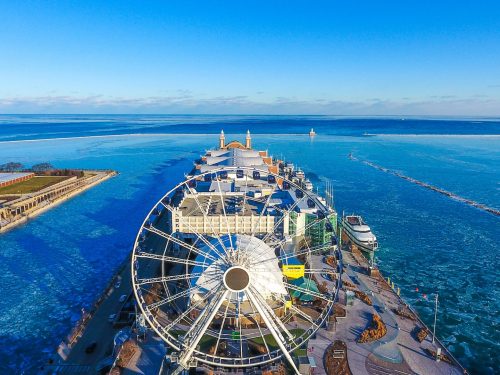 Chicago’s Navy Pier: Everything To Know Before You Go
Chicago’s Navy Pier: Everything To Know Before You Go
Navy Pier is Chicago’s playground for all ages. It’s filled with activities throughout the year, but many go just for the breathtaking scenery…
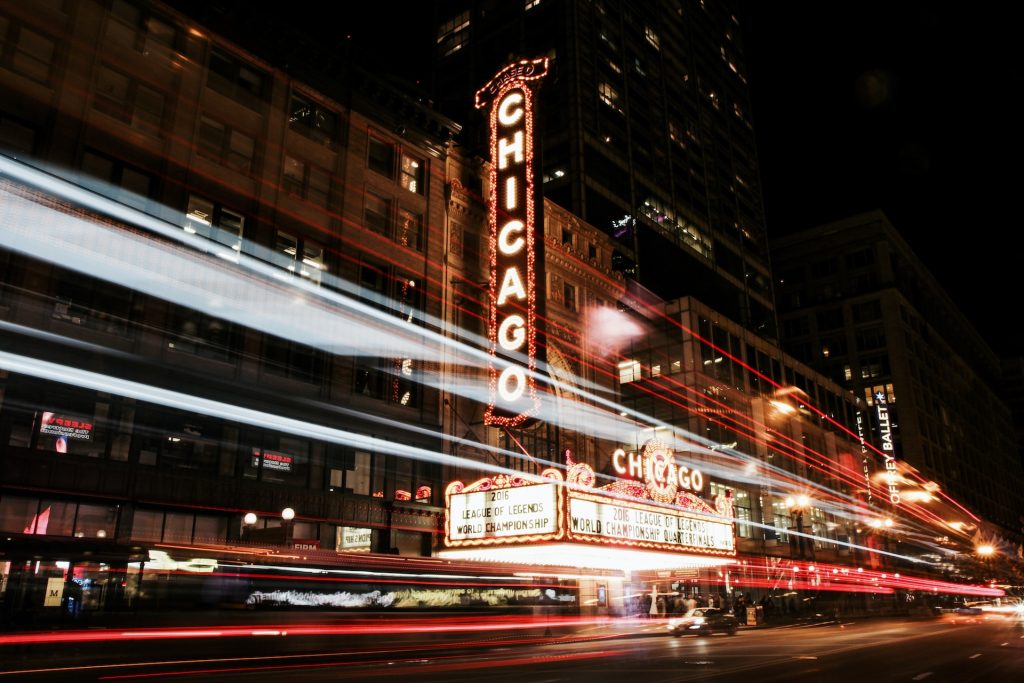
For more than a hundred years, Chicago has had a reputation for organized crime and Mafia violence. In 1919, Al Capone moved from New York City to Chicago to head the mob’s “business dealings” and heads began to roll.
Sound interesting? It is! While Chicago may not have an official mob museum like Las Vegas, we have the actual places where all of this went down. And you can visit them today for a little mob history and lore.
As a local, I’ve visited many of these historic places and highly recommend getting to know Chicago’s darker side from back in the day. Ready to get started? Let’s dive in.
Before you find out where to go in Chicago today to get a glimpse of Mafia history, here’s a short synopsis of the organization’s history.
The mob in Chicago was better known as the Chicago Outfit, thriving during the Prohibition Era from 1920 to 1933 when alcohol was illegal. Along with traditional gambling and brothels, this gave way to a whole new underground industry called bootlegging. The most heinous act happened on Valentine’s Day in 1929 when seven mobsters from the Bugs Moran gang were murdered gangland-style at their base of operations on Clark Street. Al Capone was rumored to have ordered the hit but was never formally charged. It remains an unsolved crime today.
Competition over territories soon started to heat up, and that brought increased violence. Control of the Chicago Outfit passed through many criminal hands over the decades that followed, but this is no longer the era of illegal gambling and drinking.
Still, you might want a taste of mob history and lore when you visit the Windy City. If so, here are the nine experiences to add to your must-do list.
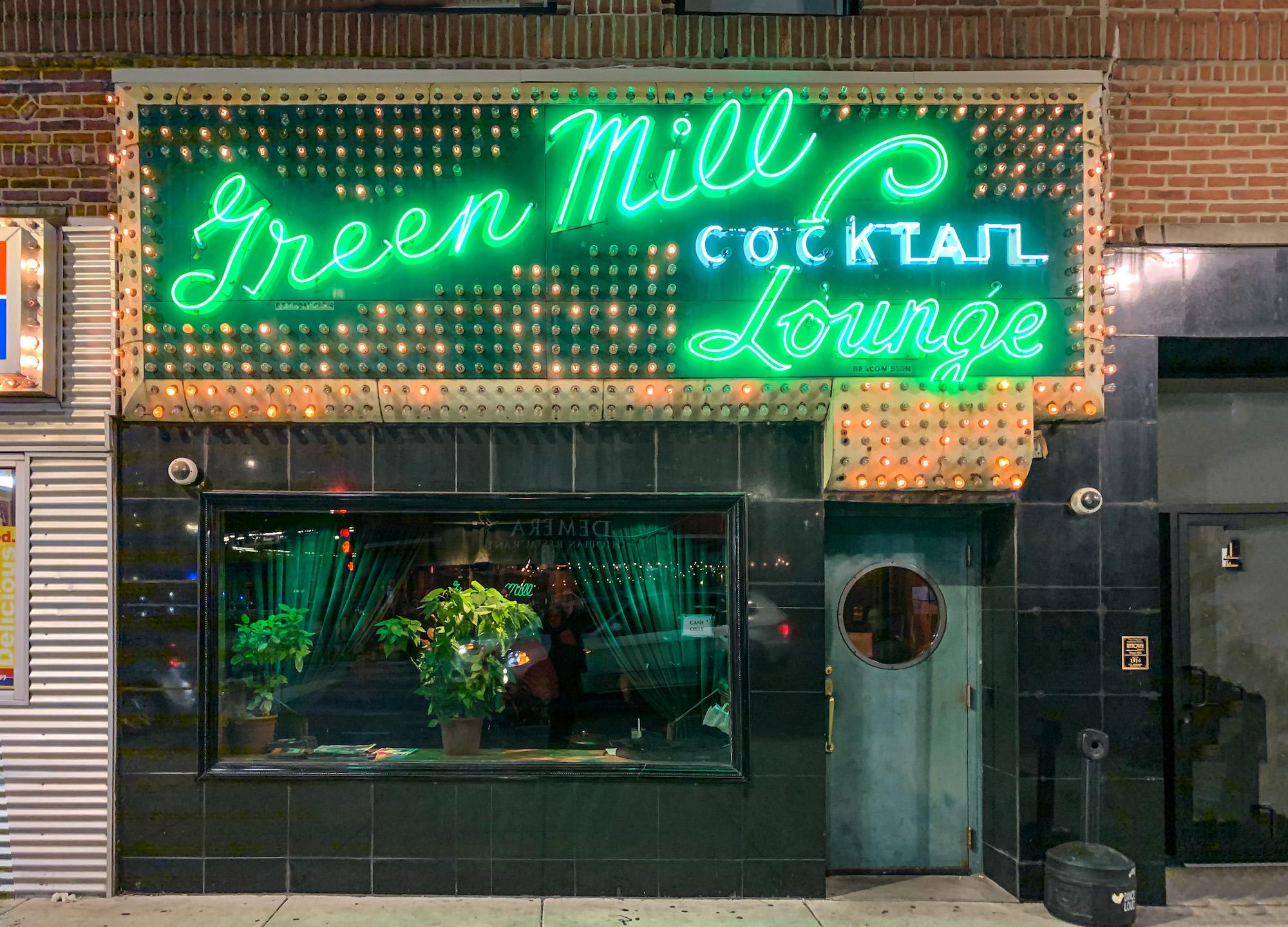
The Green Mill in Uptown was once best known as a former speakeasy and mob hangout for Al Capone and his gang run by Capone associate “Machine Gun” Jack McGurn during Prohibition.
You can still see Capone’s private booth and sit there if you like, just past the corner of the bar. What’s cool about this booth is that you can see all the exits in case trouble comes a callin’, which it invariably did. One exit supposedly led to a basement tunnel and into a nearby building. This guaranteed a quick getaway during a raid or to smuggle alcohol into the bar.
Mob boss Frank Nitti’s apartment was once on the fourth floor of the building that is now Harry Caray’s Italian Steakhouse. Today, the restaurant serves Chicago’s best steaks and Italian specialties, but there are exhibits too.
Check out treasures from the gangster era in Frank Nitti’s vault and the once-hidden underground tunnel in Nitti’s Speakeasy on the second floor.
Local tip: You can also enjoy Nitti’s Supper Club here, a monthly dinner theater show that blends music, comedy, and Chicago’s gangster past.
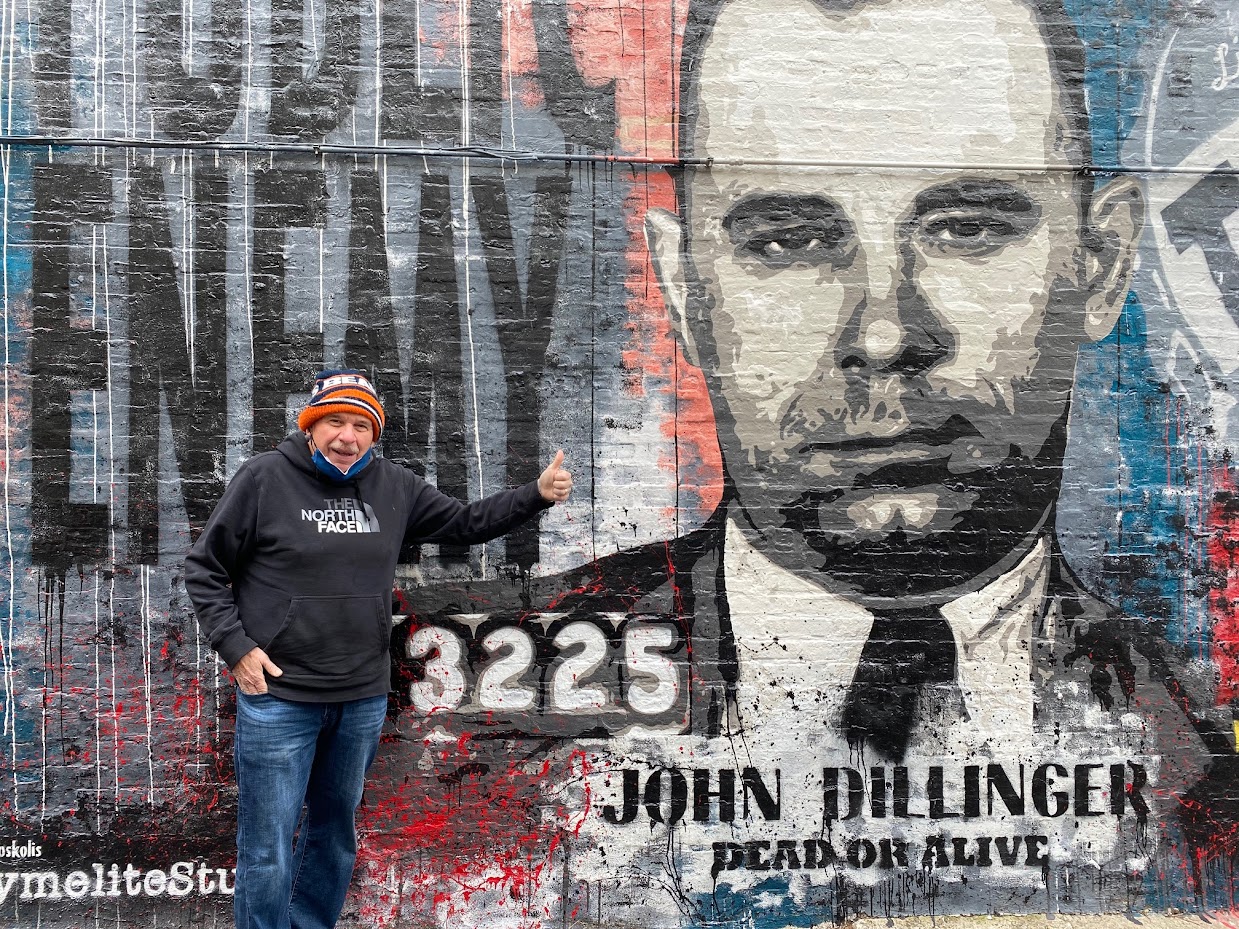
After a tip-off from his girlfriend, notorious gangster John Dillinger, often called America’s first “Public Enemy Number One” was shot by federal agents on July 22, 1934.
The action took place in the alley next to the Biograph Theatre on Lincoln Avenue. Check out the alley today to see the colorful painted murals.
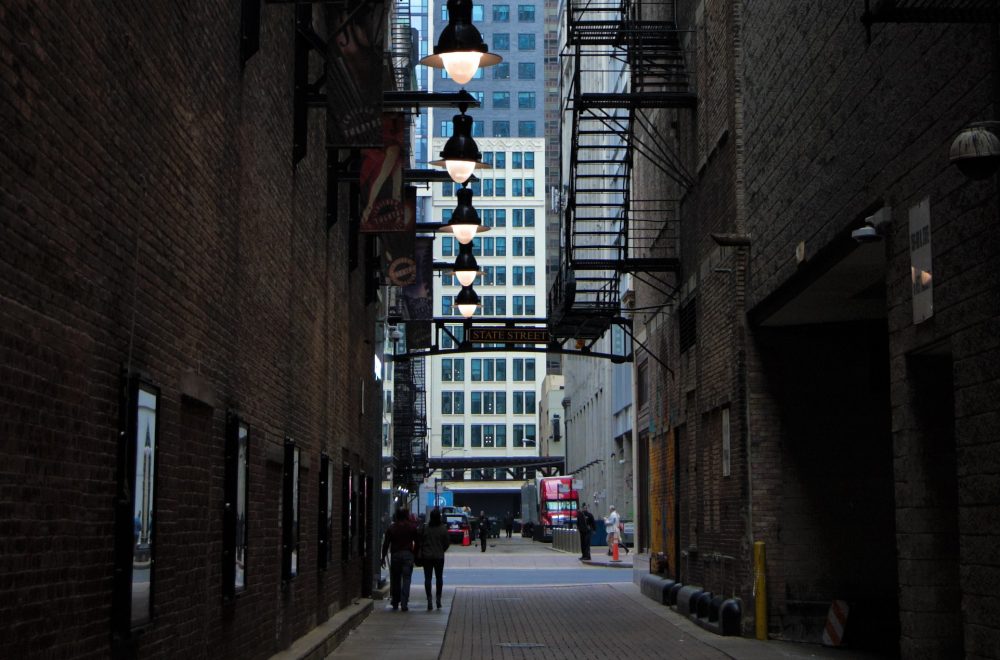
Whether you’re a Chicago local or on vacay, a guided tour is the best way to explore Chicago’s colorful history of mystery and mayhem. On our Mobsters and Haunted Mysteries of Chicago Walking Tour, a local will take you back in time to the early days of the Chicago Outfit and share other true tales and legends that have haunted the Windy City.
You’ll visit some of the sites on this list, but instead of just looking at them, each place comes alive with the stories that happened here.
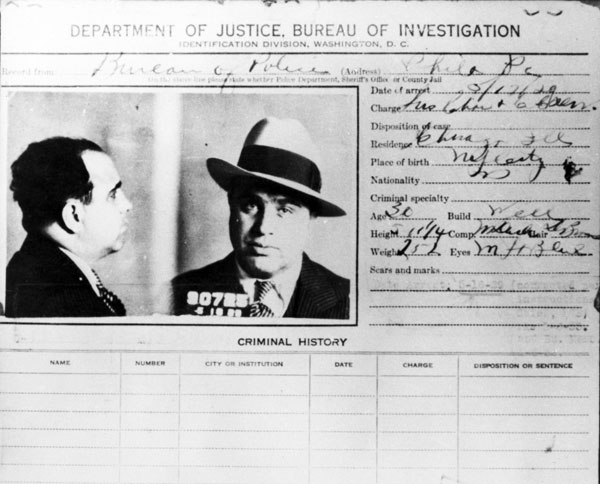
Want to see where Al Capone used to get his hair cut? The barber shop in the Blackstone Hotel still operates today.
In fact, the ballroom was used for a scene in the Brian De Palma film “The Untouchables,” where Al Capone uses a baseball bat to smash a guest’s head.
Resplendent inside, Holy Name Cathedral has seen some things in its day. Four years after being destroyed in the Chicago Fire of 1871, the cathedral was rebuilt and became the seat of the Roman Catholic Archdiocese of Chicago.
Then in the 1920s, at the height of the mob era, two notorious murders took place near here. Across the street from the church stood a flower shop, Schofield’s, owned by North Side boss Dean O’Banion, one of Capone’s toughest rivals. In 1924, he was murdered in the shop by rival Angelo Genna.
Two years later, O’Banion’s lieutenant, Hymie Weiss, and several associates were hit with gunfire on their way to Schofield’s. You can still see the bullet holes outside the church today.
In the mid-1900s, this restaurant was called the 226 Club, one of Capone’s favorite hangouts with hidden tunnels, a brothel, and plenty of illegal booze. Now called the Exchequer, you can stop by and enjoy a great dinner!
During prohibition, a green-painted door usually indicated the identity of an underground speakeasy. The Green Door Tavern was a favorite spot of Dean O’Banion’s. Check out the large bookshelf that concealed a hidden passage and party like it’s 1921.
Local tip: The tavern, which claims to be the oldest in the country, also has a prohibition-era speakeasy in the basement next door. Swing by for drinks late into the night.
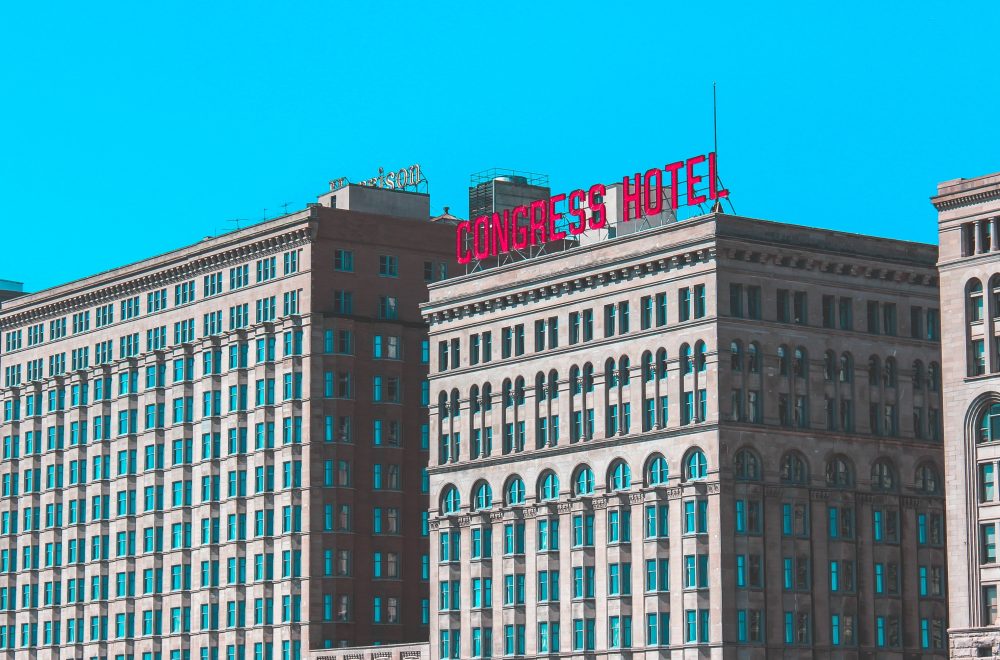
The Congress Plaza Hotel, which opened in 1893 for the World’s Fair, is considered one of the most haunted hotels in the country. Al Capone supposedly used it as his headquarters. Rumor had it some of his unsavory partners stayed here and tunnels underneath the hotel may have been used for smuggling.
Ghostly sightings have been reported in Room 441, and a homeless man named “Peg Leg Jonny,” who was killed in the alley outside, is said to turn lights on and off. Then there’s the tragic story of two children who were pushed from a 12th-story window by their mother. They still walk the halls today.
Hopefully, you’re excited to learn more about Chicago’s sometimes shady but always fascinating past. There’s a lot of history here!
Join our Mobsters and Haunted Mysteries of Chicago Walking Tour to discover not only Chicago’s mob connection but a few spooky sites around town.
That’s more of a late afternoon and evening activity, though. Looking for somewhere to spend your day? We suggest a scenic stroll on the Chicago Riverwalk.
 Chicago’s Navy Pier: Everything To Know Before You Go
Chicago’s Navy Pier: Everything To Know Before You Go
Navy Pier is Chicago’s playground for all ages. It’s filled with activities throughout the year, but many go just for the breathtaking scenery…
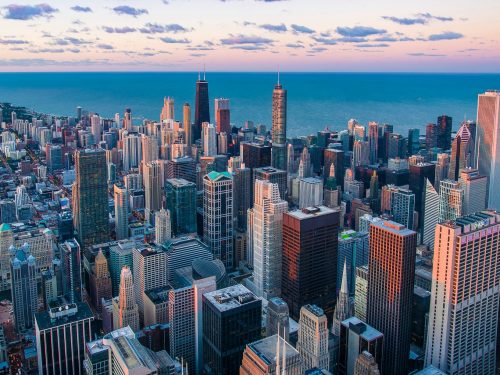 How To Visit Skydeck Chicago at Willis Tower
How To Visit Skydeck Chicago at Willis Tower
A car going zero to 60 is nothing compared to an elevator soaring to the top floor of the third tallest building in…
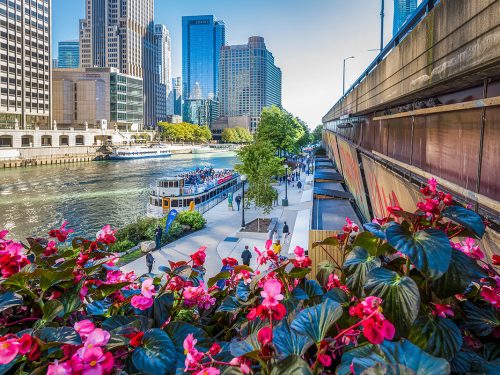 What To Do on the Chicago Riverwalk: 14 Classic Experiences
What To Do on the Chicago Riverwalk: 14 Classic Experiences
The award-winning Chicago Riverwalk is a lively oasis away from the traffic, running along Chicago’s riverfront for 1.25 miles. It’s one of the…